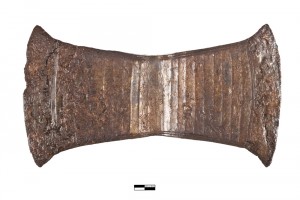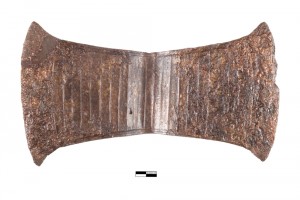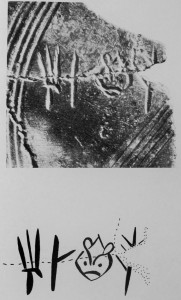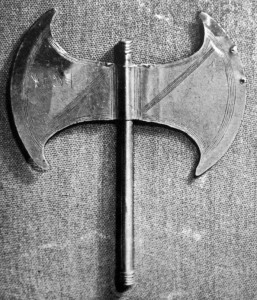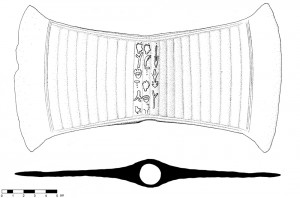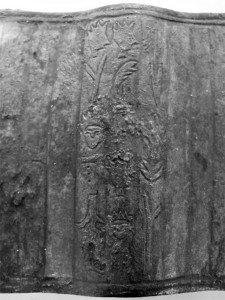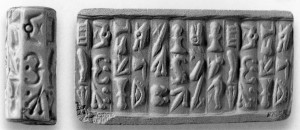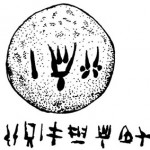Materiality and Script: Constructing a Narrative on the Minoan Inscribed Axe from the Arkalochori Cave
Georgia Flouda
This paper aims to deduce episodes of the cultural biography of the inscribed bronze double axe from the sacred cave at Arkalochori in central Crete by focusing on its materiality and by examining the context of both its production and the reception of its undeciphered inscription. A discussion of the technicalities involved in the making of its fifteen signs and new evidence stemming from the recent restoration of the axe helps to review its inscription. It is also suggested that the symbolic reception of the double axe may be decoded through examining its performative capacities and considering the possibility of its final use in display and deposition rites taking place in the cave. It is argued that metalsmiths were definitely among the social agents participating in the deposition, possibly because of an obligation to return to the earth a portion of the objects produced from the raw materials generated by it. Part of the prestige metal votives deposited in the cave may also be the result of the competition of local elites or a social class with military associations, manifesting in ostentatious display and distinction.
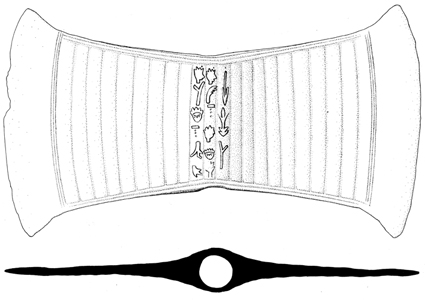
Flouda G. 2015, Materiality and Script: Constructing a Narrative on the Minoan Inscribed Axe from the Arkalochori Cave, SMEA NS 1, 43-56

